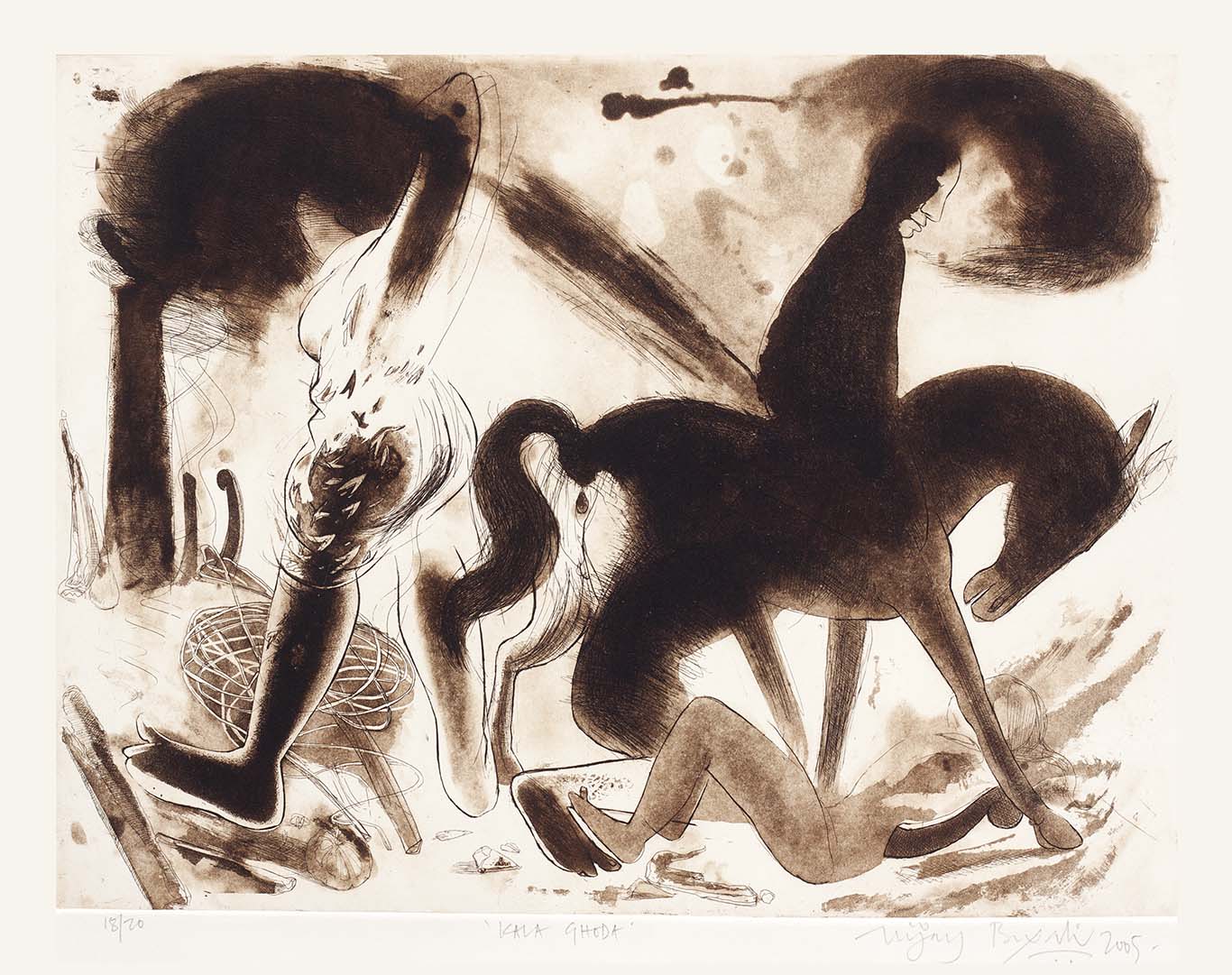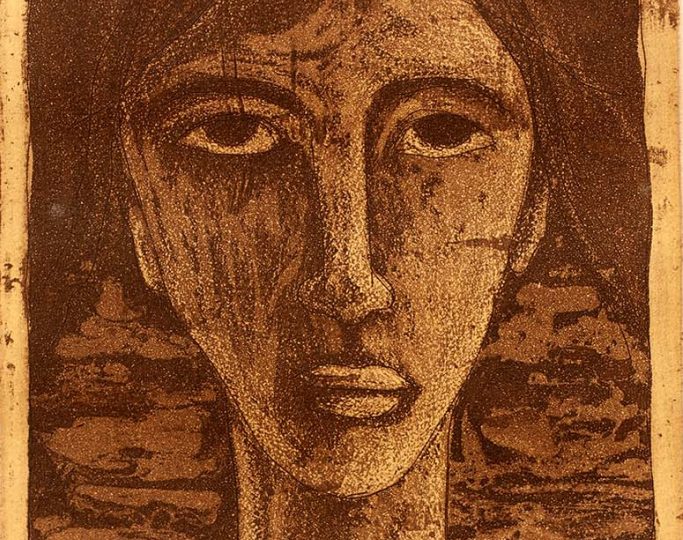The Significance of the Artist and Subject | A Journey Through Time
Nestled in the bustling cityscape of Mumbai, the Kala Ghoda district is a symbol of the city’s rich history, a vibrant confluence of colonial and post-colonial urbanism. Kala Ghoda, meaning “Black Horse,” is not just a name but a living symbol, derived from a statue of King Edward VII on horseback that once graced the area. This iconic district, with its colonial architecture and blend of cultural influences, tells the story of a city that has continually adapted, thriving amidst the exchange of tradition and modernity. Just as Kala Ghoda stands as an emblem of resilience in the face of transformation, it reflects a broader narrative of urban districts around the world—places like Montmartre in Paris or Soho in New York—that blend history, art, and modern relevance into a single cultural heartbeat.
Storytelling Through Technique | The Power of Line and Storytelling
Vijay Bagodi’s artwork is characterized by the expressive power of lines, which form the essence of his storytelling. Each line in his work is carefully crafted to echo the mood and essence of the subject, making the lines themselves characters in the narrative. His technique mirrors how the quality of lines—bold, soft, or intricate—shifts to match the temperament of the depicted element.
For instance, the dynamic lines of a horse convey strength, motion, and vitality, creating an aura of power and fluidity. The boldness of his lines changes with the subject. In contrast, the gentle, flowing lines depicting wind, clouds, or trees evoke serenity and natural harmony. Lighter subjects are complemented by softer, subtler lines. This versatility highlights Bagodi’s expertise in adapting the spirit of each subject, whether it be the raw energy of an animal or the tranquil essence of nature. This interplay of linework creates a mood.
The Aesthetic and Intellectual Value | Hues of Heritage
Additionally, his tonal values and color balancing add depth to his storytelling. The deliberate variation in tone and the harmony of colors enhance not just the characters but also the overall composition. These elements come together to create a vivid narrative that unfolds naturally before the viewer. Bagodi’s work often includes layers of cultural and historical significance, as seen in this work like the “Maharashtrian Lady” or the “Woman Resting Below the Horse.” These subjects not only demonstrate his technical expertise but also evoke rich emotional and cultural connections.
As a printmaker and colorist, Bagodi excels in combining technical precision with emotive depth. His ability to weave compelling stories through the interplay of lines, tones, and colors cements his place as a master in his field, inviting viewers to engage and interpret the stories unfolding within his work.
About the Artist | Printmaker, Educator, and Artist
Vijay Bagodi, (b. 1959) in Gulbarga, Karnataka, is a distinguished printmaker with over 30 years of experience in the field. He began his journey at the Ideal Fine Arts Institute in Gulbarga and later pursued a Diploma in Painting and a Post-Diploma in Printmaking at M.S. University, Baroda.
Initially focused on painting, Bagodi’s direction shifted after seeing an exhibition of David Hockney’s prints, which led him to fully commit to printmaking. His early influences include renowned artist Laxma Goud, whose innovative approach to etching deeply impacted his work.
Bagodi’s work has been featured in numerous international print biennials and triennials, including exhibitions in Bangkok, France, Taiwan, the USA, Germany, and Slovenia. His contributions to contemporary printmaking have earned him several awards, including the National Award at the 40th National Exhibition of Contemporary Art. His notable exhibitions include the Fifth Beijing International Art Biennale in 2012, Triennale Mondiale De L’estampe in France (2017), and the Guanlan International Print Biennial in 2016.
Bagodi served as the Dean of the Faculty of Fine Arts and Head of the Department of Graphic Arts at M.S. University, Baroda. His primary medium is intaglio, and his works are characterized by a strong foundation in drawing, with linear explorations evolving into intricate compositions enriched by texture and tone.
Photos and Text © Chaitya Dhanvi Shah






